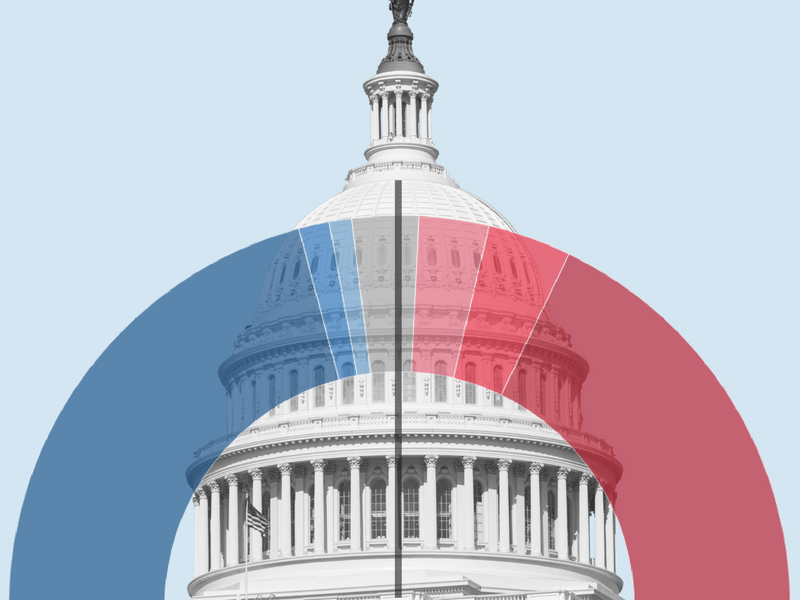
Four months out, the battle for House control remains highly competitive. But Democrats remain the narrow favorites to pick up the 23 seats they need to win the majority.
Based on the Republicans' structural advantages from redistricting and residential patterns, Democrats likely need to win seven to eight percent more votes than the GOP to win the barest possible majority of 218 seats. By that measure, it's close: today, the RealClearPolitics average of congressional generic ballot polls gives Democrats a seven-point lead, while FiveThirtyEight's gives Democrats an eight-point advantage.
Republican strategists hold out hope that voters' economic satisfaction - 63 percent of voters in the most recent NBC/WSJ poll say they're "very" or "somewhat" satisfied - will temper a "blue wave." But midterms are almost always a referendum on the incumbent president, and President Trump's approval rating of roughly 42 percent - while up - is still below that of other presidents when they lost the House in 1994, 2006 and 2010.
These fundamentals suggest a photo finish in the House. But in our view, the intensity gap

Subscribe Today
Our subscribers have first access to individual race pages for each House, Senate and Governors race, which will include race ratings (each race is rated on a seven-point scale) and a narrative analysis pertaining to that race.